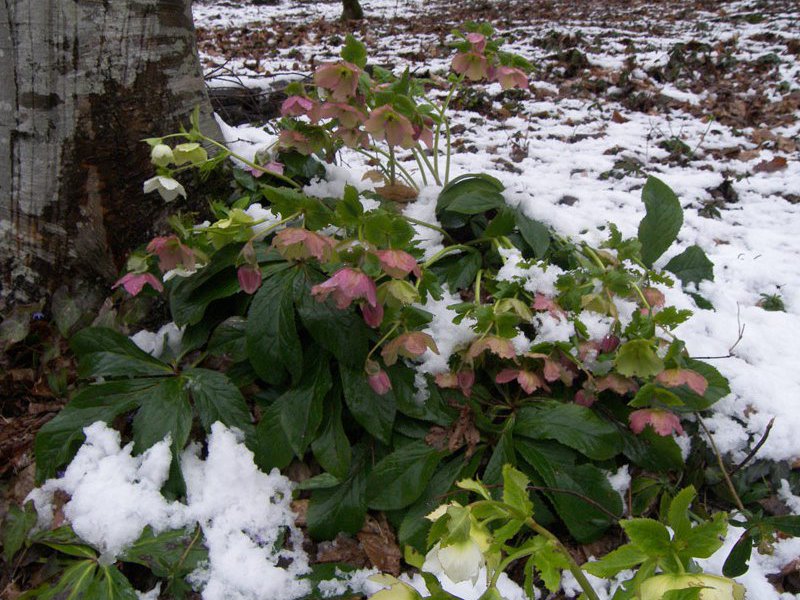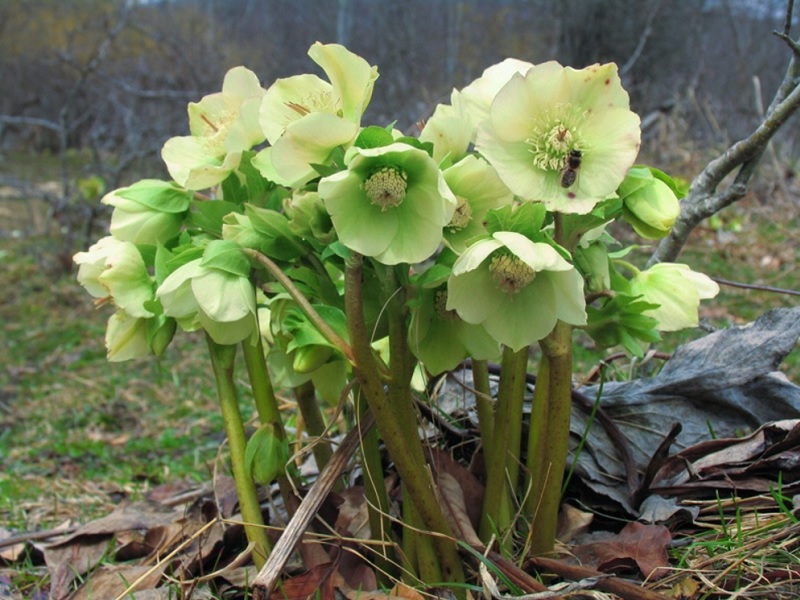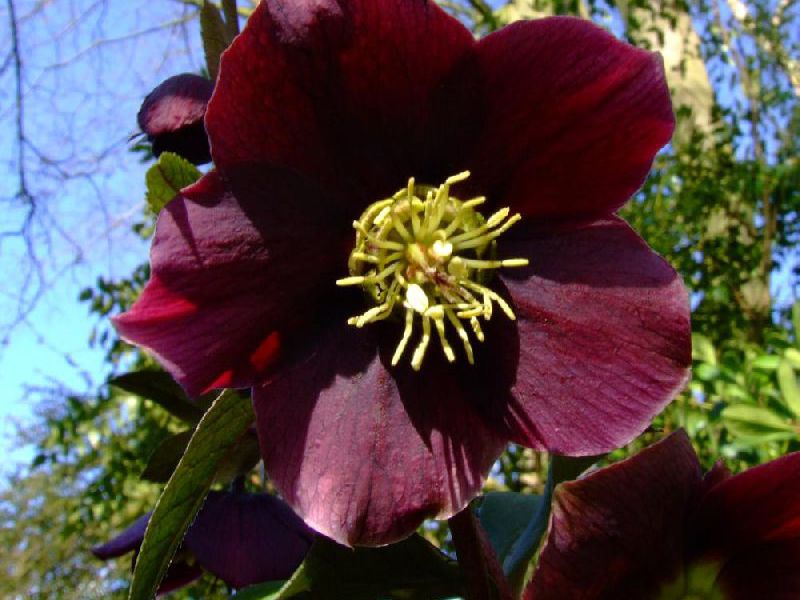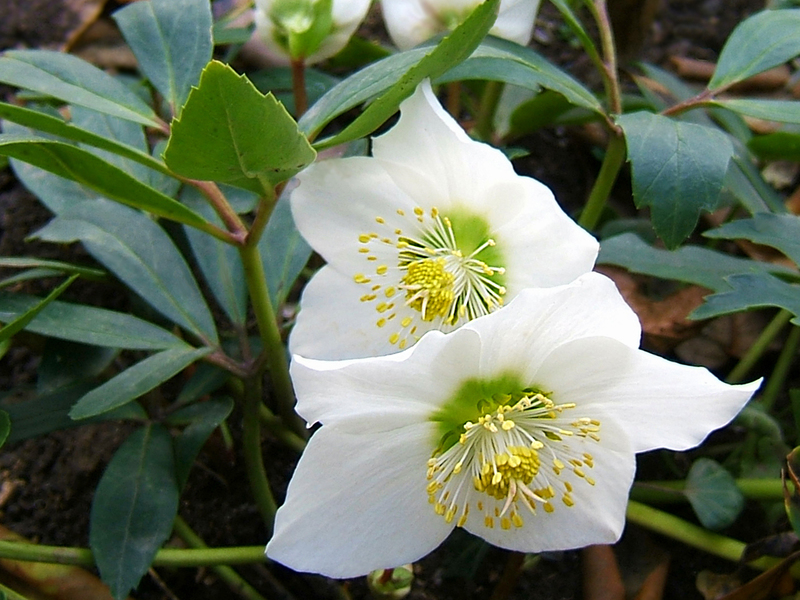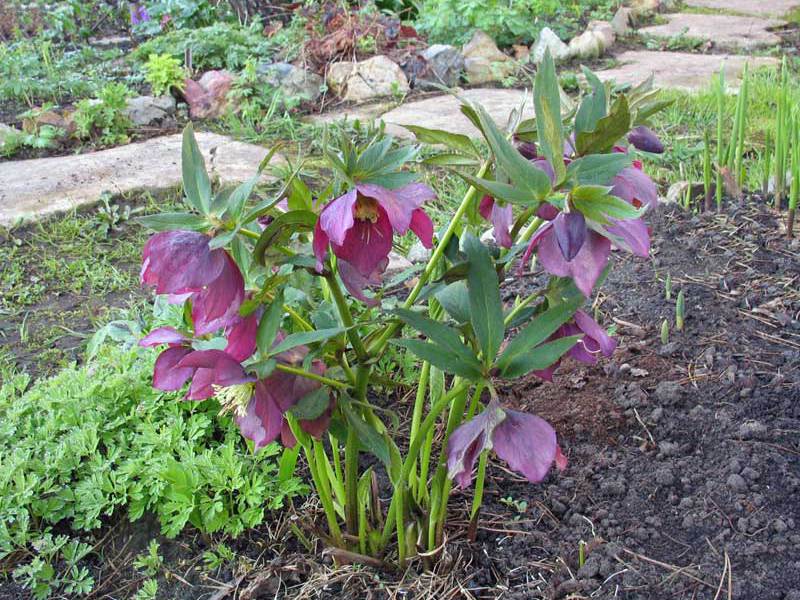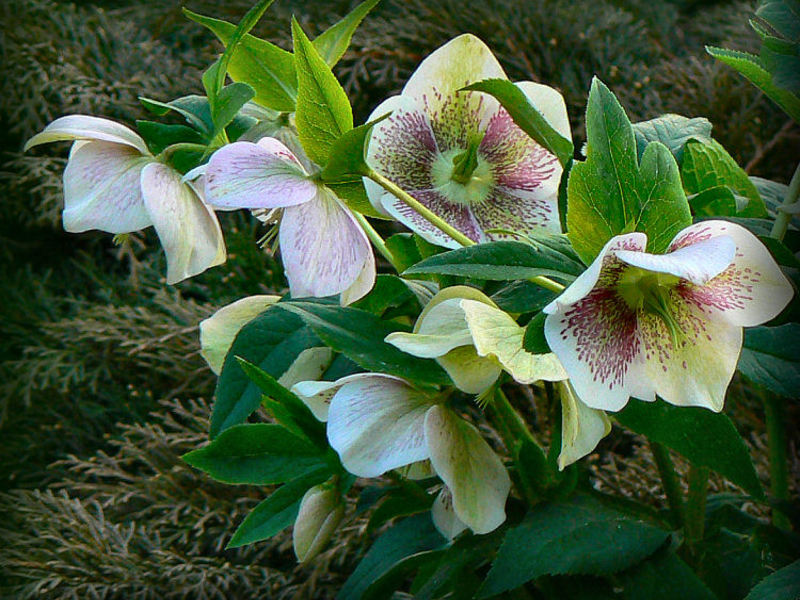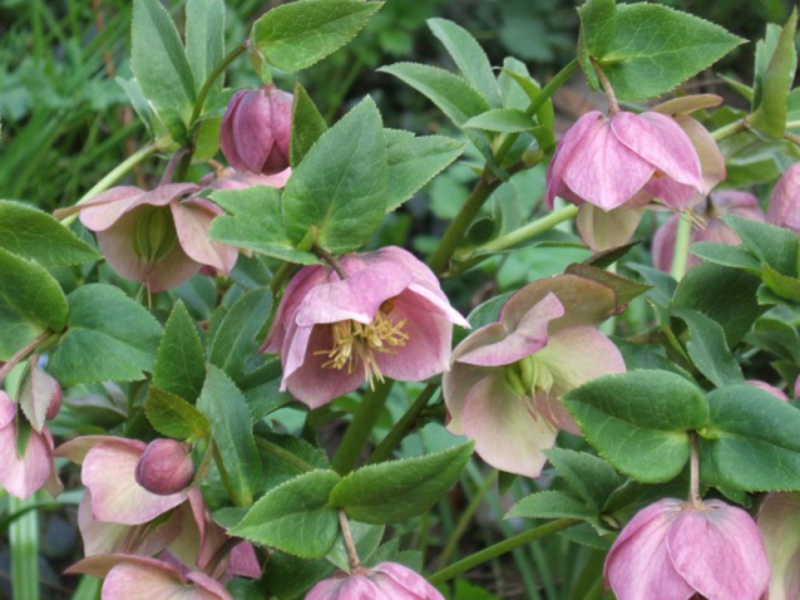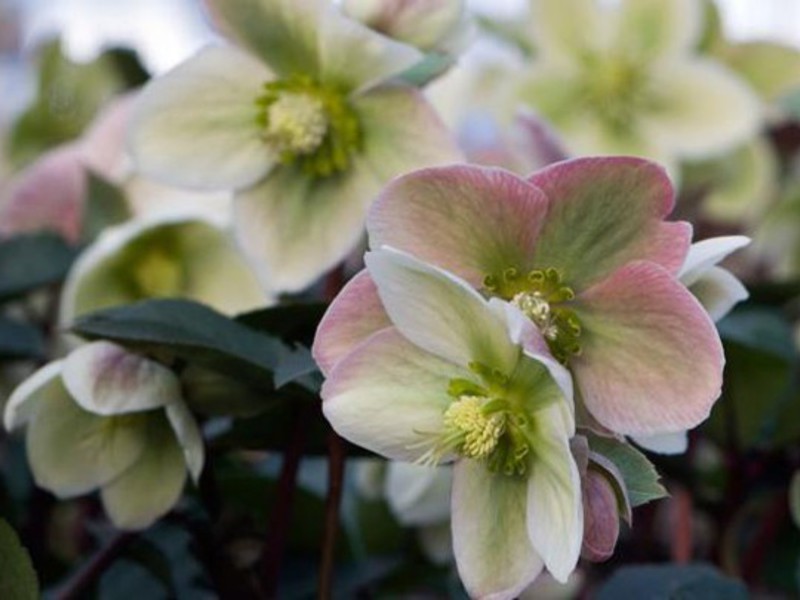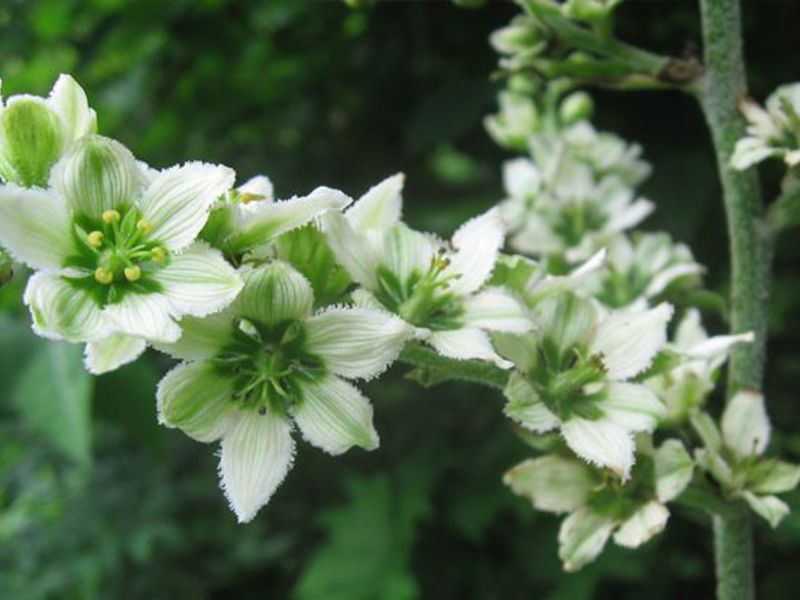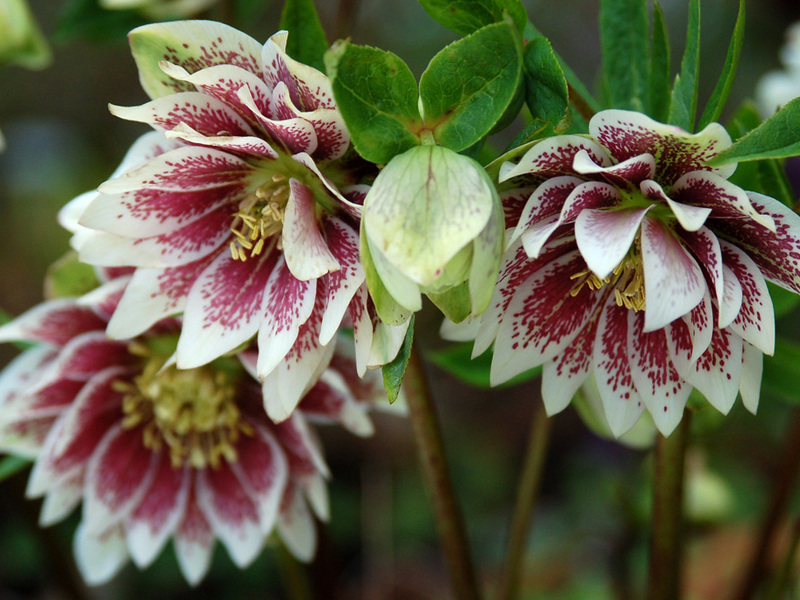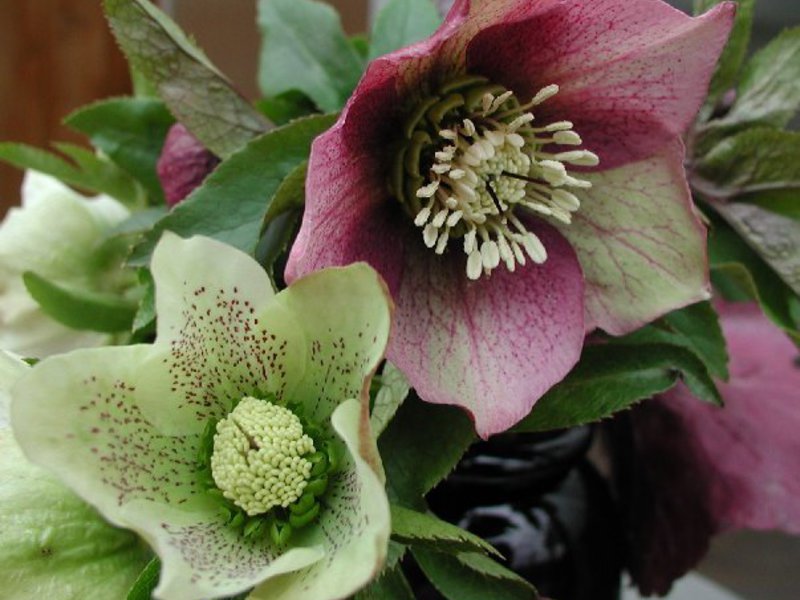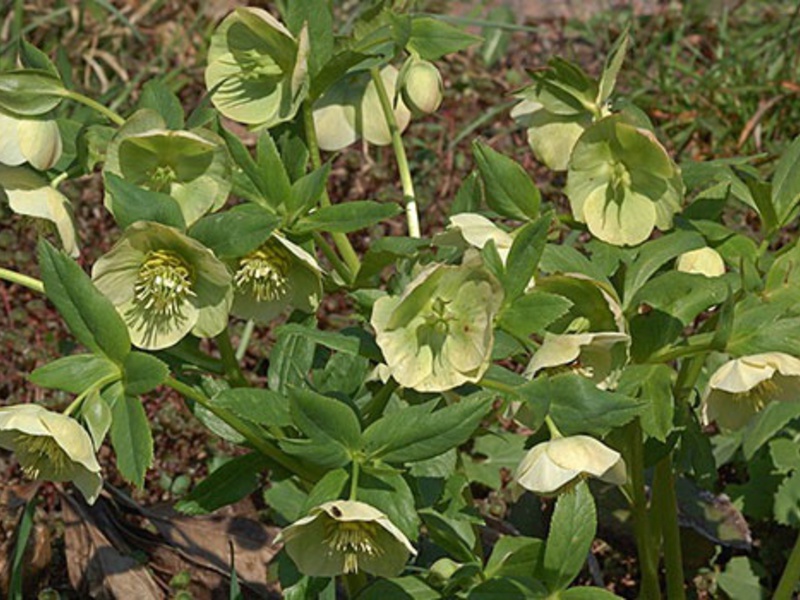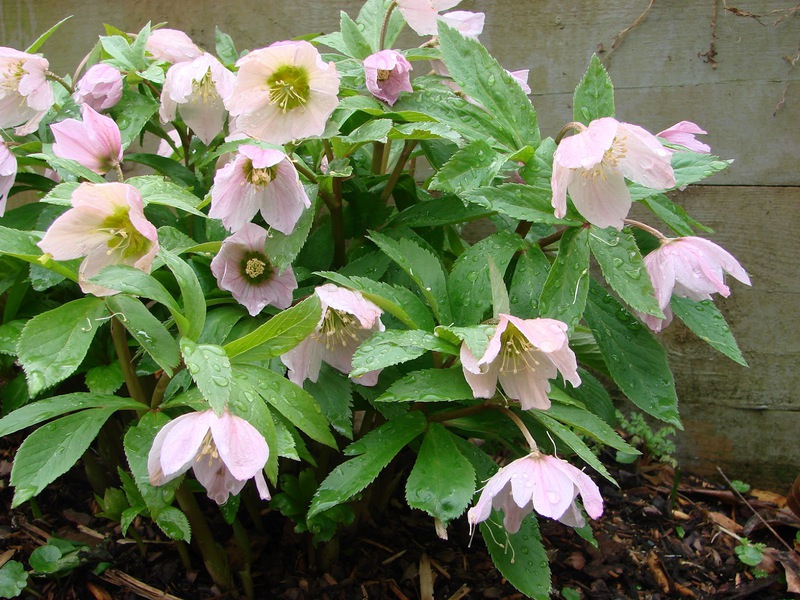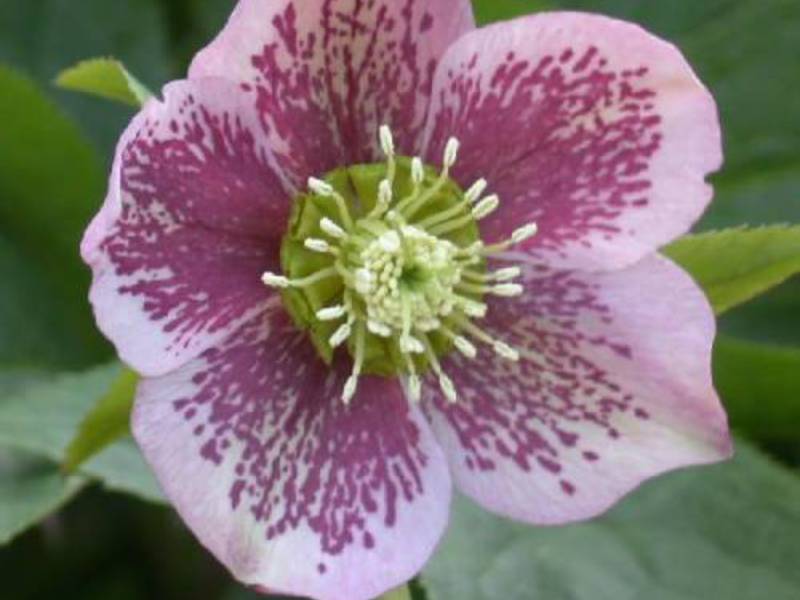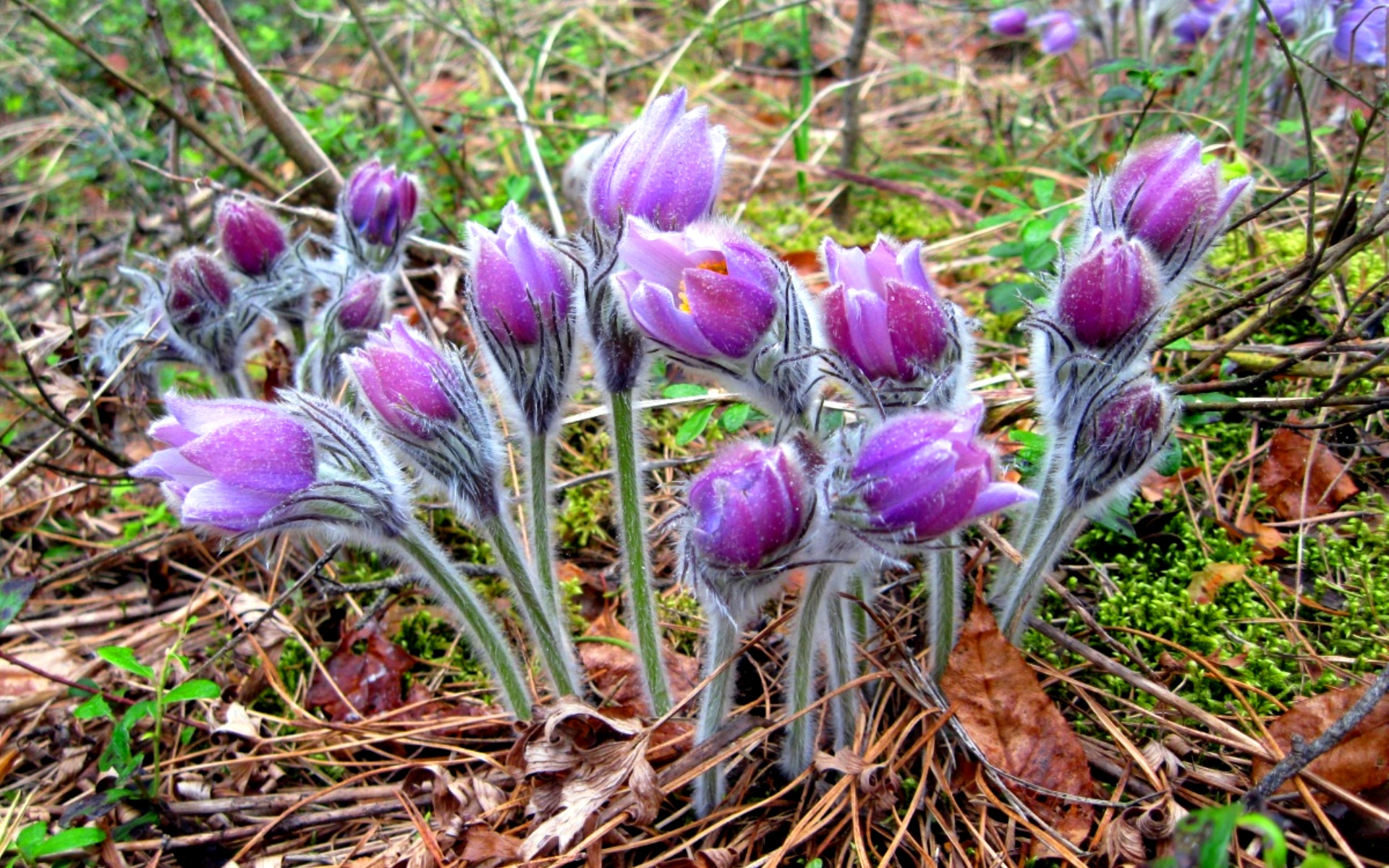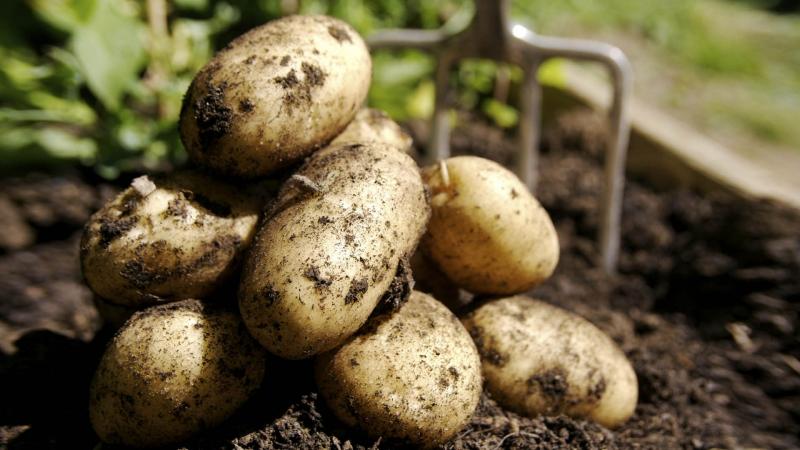The hellebore flower belongs to the family of herbaceous perennials of the Buttercup group, numbering, according to various information, from 15 to 21 species, growing in shady mountainous places in Europe. The largest number of hellebore varieties is found on the Balkan Peninsula.
Content
Hellebore: photo and description of the flower
Hellebore high can reach 21-55 cm... The plant has a thick and short rhizome, weakly branched and simple stem. Leaves are long-petiolate, leathery, basal, stop-or palmate-dissected. Cup-shaped flowers on a long peduncle are formed at the top of the stem from early spring to mid-summer.
What many mistake for flower petals are actually sepals, and the petals have been transformed into nectaries. The gamut of hellebore flowers includes several colors of white, soft yellow, pink, ink, purple, violet, there are two-tone species. The shape of flowers is double and simple.
The early flowering of the bush makes it a favorite and long-awaited plant for many gardeners, who, after a colorless and long winter, enjoy watching how muscari, hyacinths, woodlands, spring plants, crocuses and, of course, hellebores appear in the garden. In addition to early flowering, this plant has the benefits of good drought resistance and winter hardiness... But for those who want to plant a hellebore in their personal plot, there is one caveat: like any buttercup plant, it is very poisonous!
Hellebore: planting and caring for a flower
Planting a hellebore
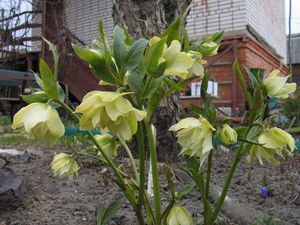 In one place, the plant has been growing for about 8 years, and since the hellebore transplant is rather bad, it is necessary to approach the choice of a place for planting a flower very responsibly. The hellebore develops best in loose, moist, drained clay soil neutral in partial shade, among trees and bushes. The hellebore looks most attractive when planted in small groups - a bright island against the background of a dull or snowy garden. The hellebore is planted in September or April.
In one place, the plant has been growing for about 8 years, and since the hellebore transplant is rather bad, it is necessary to approach the choice of a place for planting a flower very responsibly. The hellebore develops best in loose, moist, drained clay soil neutral in partial shade, among trees and bushes. The hellebore looks most attractive when planted in small groups - a bright island against the background of a dull or snowy garden. The hellebore is planted in September or April.
The pits for planting a plant are made in the size of 35x35x35 with a distance of 40 cm between the bushes. Half of the pit is filled with manure. Then, having lowered the root into the hole, they gently hold the flower with one hand, and with the other they fill the hole with soil, ram and water it. For a month, after planting, the plant needs abundant and frequent watering.
Hellebore care
Caring for this plant is quite simple: in the spring, before flowering, it is necessary to remove all old leaves in order to prevent the fungal infection of the flowers and young leaves of the bush. Young leaves appear on the bush only after flowering. When the flowers wither, mulch the ground near the plant decomposed compost or peat... In the summer, the hellebore needs to loosen the site, weed and constant watering, as well as bait with mineral fertilizer and bone meal twice a season.
Reproduction
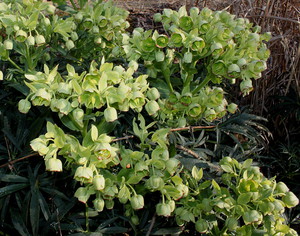 The plant is propagated both vegetatively and generatively, although, as a rule, the seed propagation option is used. The seeds of the plant are sown for seedlings immediately after ripening and collection - most often this happens in the middle of summer - to a depth of 2 cm into moist, humus, loose soil. Seedlings, as a rule, appear by April of the next year.
The plant is propagated both vegetatively and generatively, although, as a rule, the seed propagation option is used. The seeds of the plant are sown for seedlings immediately after ripening and collection - most often this happens in the middle of summer - to a depth of 2 cm into moist, humus, loose soil. Seedlings, as a rule, appear by April of the next year.
When the seedlings grow up and they have several pairs of leaves, plants dive into the flowerbed, which is in partial shade, and grow on it for another 2-3 years. This shrub from seeds will bloom only after 3 years, when the hellebore takes root in a permanent growing place, where it should be planted in September or April. A flower variety such as smelly hellebore multiplies by self-seeding.
You can propagate the plant by dividing the bush. In the spring, when the hellebore blooms, the five-year-old plant is taken out of the ground, the rhizome of the bush is divided into several parts, the cuts are covered with crushed coal and planted in pre-prepared pits. By dividing the bush in the spring, the black hellebore is propagated, and in the autumn it is better to divide the eastern hellebore bush.
Diseases and pests
The hellebore can be damaged gastropods - snails and slugs that eat its leaves, as well as caterpillars of the hop worm, mice and aphids. Slugs and snails are collected by hand, mice are removed with baits with poison, decomposed in the areas of their appearance, and insecticides are used against insects: caterpillars are removed with Actellic aphids - Biotlin or Antitlin.
For hellebore diseases, ring spot, anthracnose and downy mildew are dangerous. Aphids are considered to be the carrier of spotting, which is why it is very important not to allow its presence in the personal plot.
Parts of the bush infected with spotting are cut off and burned, and the site and the hellebore are treated with fungicides. Anthracnose is diagnosed by the appearance of brown-black spots on the foliage with a slightly noticeable ring pattern. The areas infected with the disease are removed, and the bush is treated with agents that contain copper. On a hellebore infected with downy mildew, new leaves do not appear, but the already formed ones are deformed, becoming stained on top of the leaf, and below with a gray bloom. The infected places of the flower are cut out, and the hellebore and the site are treated Copper oxychloride or Previkur.
By and large, the hellebore is a very resistant plant to diseases and pests, and it can be harmed only when the care or planting of the hellebore was negligent or the conditions for growing a flower were periodically violated, for example, in an area with very high soil acidity. Do a test for the acidity of the soil: take a sample of soil from the site, about the size of a teaspoon, pour it on the glass on a dark surface, and pour a little vinegar. If the formation of foam is significant, this means that the soil on the site is alkaline, if it is medium-neutral, and if there is no foam, then it means that dolomite flour, wood ash or fluff lime must be added to the site.
When and how to collect seeds?
 The seeds of the plant ripen from late spring to early autumn, but the pods suddenly open and the seeds spill out onto the site. To prevent this from happening, put on unripe boxes fabric bags and wait for the seeds to ripen and pour into it. Then dry the seeds in a dry, ventilated room and pour into a bag. But we must not forget that the seeds of this plant quickly lose their germination, therefore it is better not to store them until spring, but to sow them immediately.
The seeds of the plant ripen from late spring to early autumn, but the pods suddenly open and the seeds spill out onto the site. To prevent this from happening, put on unripe boxes fabric bags and wait for the seeds to ripen and pour into it. Then dry the seeds in a dry, ventilated room and pour into a bag. But we must not forget that the seeds of this plant quickly lose their germination, therefore it is better not to store them until spring, but to sow them immediately.
Hellebore in winter
The hellebore is a perennial cold-resistant plant, but in snowless frosty winters it can suffer from freezing, the more this applies to young plants. To prevent this from happening, cover the area where the hellebore grows with dry leaves or cover it with spruce branches.
Hellebore: varieties, types and photos
Hellebore black
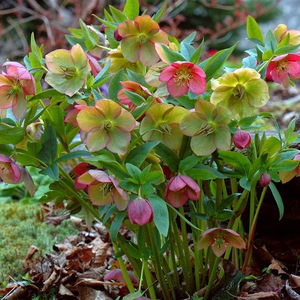 One of the most widespread and beautiful varieties in culture, found naturally in mountain forests from Yugoslavia and Germany. It is an evergreen shrub up to 35 cm in size with large, upward-looking flowers up to 9 cm in circumference, slightly pinkish on the outside and pure white on the inside, located on peduncles 35-64 cm in size.The plant blooms from the end of March for a little less than two weeks.
One of the most widespread and beautiful varieties in culture, found naturally in mountain forests from Yugoslavia and Germany. It is an evergreen shrub up to 35 cm in size with large, upward-looking flowers up to 9 cm in circumference, slightly pinkish on the outside and pure white on the inside, located on peduncles 35-64 cm in size.The plant blooms from the end of March for a little less than two weeks.
The black hellebore has leathery leaves, very dense, overwintering, of a beautiful rich green hue. The plant's winter hardiness is quite high - up to -36C. Of the varieties, the most popular: Nigristern and Nigerkors, and of the varieties:
- Prakoks - hellebore blooms in late September with pale pink flowers;
- Eich Ji Si Joshua is the earliest flower that blooms in November;
- Potters Will is a plant with the largest white flowers in the genus up to 13 cm in circumference.
Hellebore Caucasian
The Caucasian hellebore has long petiolate evergreen leathery hard leaves up to 16 cm in size, divided into large segments, there can be from 6 to 12, and drooping flowers, yellowish-green or white with greenish brown tint, up to 9 cm in circumference, on peduncles the size 21-52 cm. This plant blooms from the beginning of May for 1.5 months. The variety is winter-hardy. This is the most poisonous hellebore species.
Hellebore abkhaz
A bush with bare leathery long-petiolate leaves of a violet-green or dark green hue, red-purple peduncles 34-45 cm in size and saturated red drooping flowers up to 9 cm in size, on which darker blotches are visible. Hellebore blooms from the end of March, has different garden forms, winter-hardy.
Eastern hellebore
It is a perennial evergreen shrub up to 35 cm in size with purple flowers up to 6 cm in circumference. Alas, hellebore leaves of this variety often infect fungi. Of the many varieties, the most famous are:
- Rock and Roll - a plant with flowers covered with red-pink blotches;
- White Swan is a white-flowered plant;
- Hybrid Leidy Series - fast-growing erect bushes with flowers of 6 different colors and peduncles up to 41 cm high;
- Blue Anemone - bright purple flowers.
Stinking hellebore
 The leaves are overwintering, with shiny narrow segments of a deep green hue and a peduncle that reaches a size of 85 cm, on which a lush inflorescence of small, numerous, green bell-shaped flowers with a brown-red edging appears. This type of hellebore can easily withstand dry weather. The most popular type is Vester Flisk - reddish inflorescence branches, leaves with narrower segments than that of the main variety.
The leaves are overwintering, with shiny narrow segments of a deep green hue and a peduncle that reaches a size of 85 cm, on which a lush inflorescence of small, numerous, green bell-shaped flowers with a brown-red edging appears. This type of hellebore can easily withstand dry weather. The most popular type is Vester Flisk - reddish inflorescence branches, leaves with narrower segments than that of the main variety.
Hellebore corsican
It is a perennial evergreen up to 80 cm in size, creates several straight stems that grow rapidly in width. Green-yellow cupped flowers form complex large brushes. The most popular cultivar, Grunspecht, is a hellebore with green-red flowers.
Hellebore reddish
This flower has long-petiolate large, finger-dissected root leaves, which are shiny above, glabrous and green, and gray below. Drooping, dusty purple-violet flowers on the outside up to 5 cm in circumference with an unpleasant aroma, have a greenish color inside, and gradually turn completely green.
Healing properties
In folk medicine, the medicinal properties of black and Caucasian hellebores are used, which:
 lower blood pressure and blood sugar;
lower blood pressure and blood sugar;- normalize metabolic processes;
- cleanse the bladder and gall tract from stones, and the gastrointestinal tract from polyps and parasites;
- have bactericidal, diuretic and laxative effects;
- relieve migraines;
- treat stomach ulcers;
- support the work of the cardiovascular system;
- relieve osteochondrosis, rheumatism, arthritis and radiculitis;
- increase immunity;
- purify the blood;
- destroy tumor formations at an early stage;
- prevent cancer and colds.
This is not the whole list of medicinal properties of the plant.
As a raw material for the preparation of medicinal products use only a poisonous root, which is harvested after seed ripening. The roots are washed, cut, and then dried at 41-44C. It is used to make infusions and decoctions, as well as powder, which has the most powerful healing properties.
But the hellebore has many contraindications... Do not use preparations from this plant:
- people with liver disease;
- people with tachycardia or heart attack survivors;
- children under 14;
- pregnant women and during lactation.
An overdose of infusions causes swelling of the tongue and throat, ringing in the ears, thirst, severe poisoning, and can even lead to cardiac arrest and collapse. Among flowers, hellebore is in first place in terms of the number of heart poisons - sometimes death occurs after the very first use of the hellebore infusion, therefore, if you decide to use preparations that contain hellebore extract, be sure to consult your doctor.
In general, hellebore is a flower of unique beauty, which, in addition to its magnificent decorative properties, also has medicinal qualities. More recently, the hellebore has lost its former popularity, but today it can again be called a favorite of flower growers.

